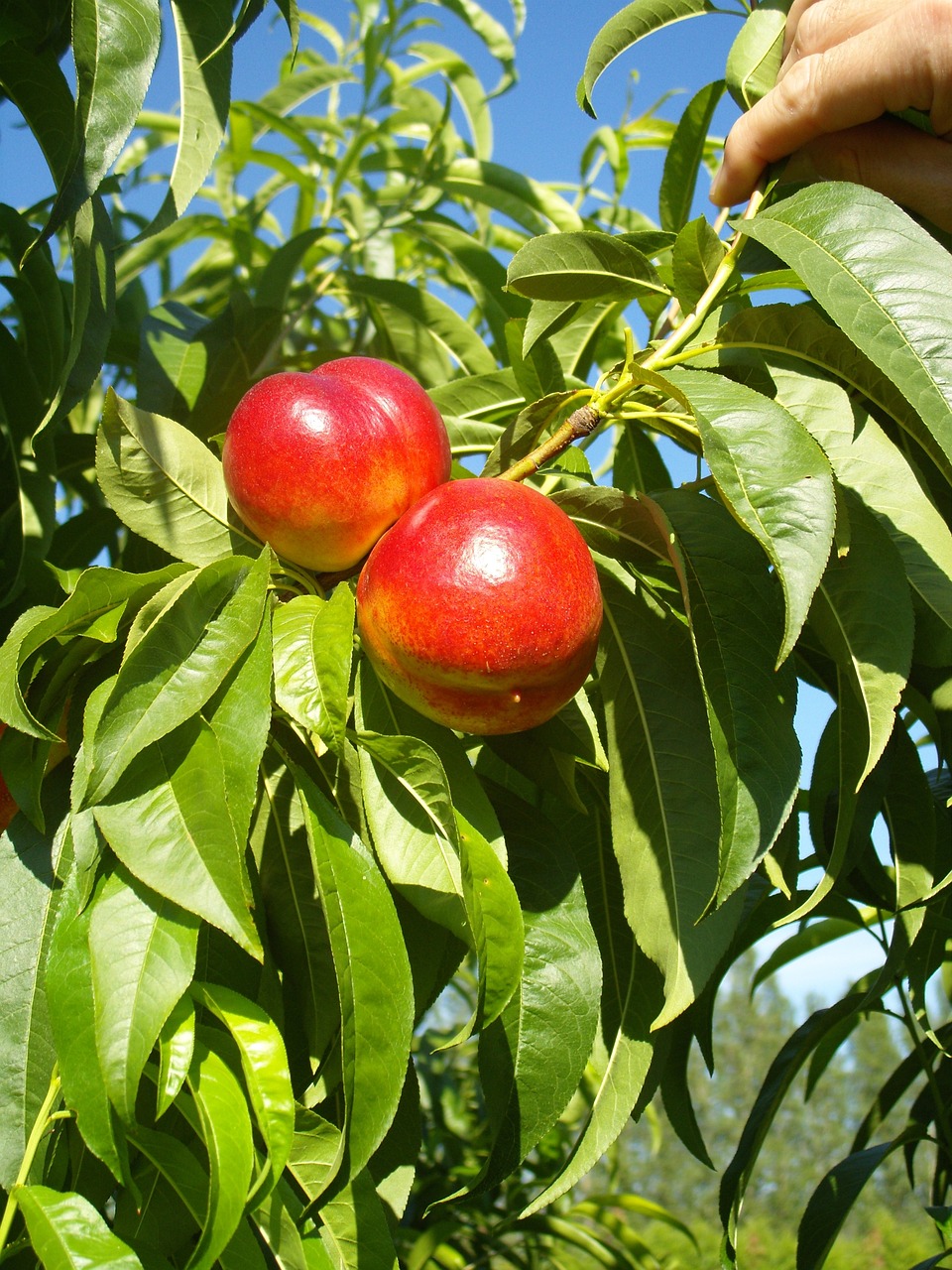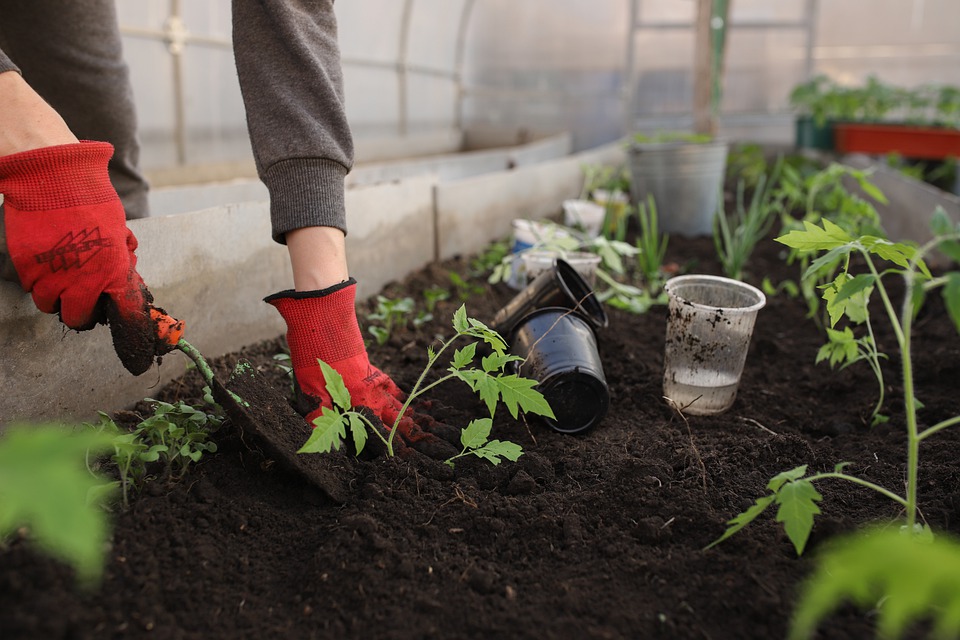With their succulent flesh and sweet aroma, nectarines are a delectable fruit that many gardeners dream of harvesting from their own backyard. While growing nectarines may seem daunting at first, with proper care and attention, you can enjoy the satisfaction of plucking these juicy delights straight from your own trees. In this blog, we will provide a comprehensive guide to help you successfully grow nectarines and savor their deliciousness.
1) Choosing the Right Variety
Selecting the right variety of nectarine tree is essential for successful growth. Consider factors such as your climate, available space, and the mature tree’s size. Some popular nectarine varieties include ‘Sunraycer,’ ‘Red Gold,’ ‘Fantasia,’ and ‘Independence.’ Consult with local nurseries or agricultural extension offices to determine which varieties are best suited for your specific region.
2) Finding the Perfect Spot
Nectarine trees thrive in areas with full sun exposure, receiving at least six to eight hours of direct sunlight daily. They also require well-drained soil to prevent waterlogging, as excess moisture can lead to root rot. Choose a location that provides good air circulation to minimize the risk of fungal diseases.
4) Preparing the Soil
Before planting, prepare the soil by incorporating organic matter such as compost or well-rotted manure. This enriches the soil, improves drainage, and provides essential nutrients. Conduct a soil test to assess the pH level and make any necessary adjustments to ensure a slightly acidic to neutral pH, typically between 6.0 and 7.0.

5) Planting the Tree
Spring is the ideal time to plant nectarine trees when the soil is workable, and the risk of frost has passed. Dig a hole that is wider and slightly deeper than the tree’s root ball. Gently loosen the roots before placing the tree in the hole, ensuring that the bud union (the swollen area where the tree was grafted onto the rootstock) is above the soil line. Backfill the hole with soil, firming it gently around the roots.
6) Watering and Fertilizing
Proper watering is crucial for the healthy growth of nectarine trees. Provide deep watering once or twice a week, ensuring the soil remains consistently moist but not waterlogged. During dry spells, increase watering frequency. Mulch around the tree’s base with organic material to help retain moisture and suppress weed growth.
Fertilize nectarine trees in early spring, just before new growth begins, and again in early summer. Use a balanced fruit tree fertilizer or a slow-release granular fertilizer according to package instructions. Avoid over-fertilization, as excessive nitrogen can promote vegetative growth at the expense of fruit production.
7) Pruning and Training
Pruning is crucial in shaping nectarine trees and promoting proper fruit production. Prune during the dormant season, typically in late winter or early spring, before new growth emerges. Remove any dead, damaged, or crossing branches. Thin out the canopy to improve airflow and light penetration, which helps prevent diseases and promotes fruit ripening.
8) Pest and Disease Management
Nectarine trees can be susceptible to various pests and diseases, including aphids, peach leaf curl, and brown rot. Monitor your trees regularly for signs of infestation or disease, and take immediate action if detected. Consider using organic pest control methods, such as neem oil or insecticidal soap, to minimize the use of chemical pesticides.

9) Harvesting and Enjoying the Fruits
The ultimate reward for your efforts is the joy of harvesting ripe nectarines from your own trees. Nectarines are ready to be picked when firm but yield slightly to gentle pressure. The fruit should also develop vibrant colors and a sweet fragrance. Harvest by gently twisting the fruit or using pruning shears to cut the stem close to the fruit. Enjoy them fresh, make delicious preserves, or use them in pies and other delectable recipes.
Growing nectarines in your backyard can be a rewarding and fruitful endeavor. You can indulge in plucking ripe nectarines straight from your trees with proper care, attention, and a little patience. So, roll up your sleeves, embrace the joy of gardening, and delight in the luscious sweetness of homegrown nectarines.



